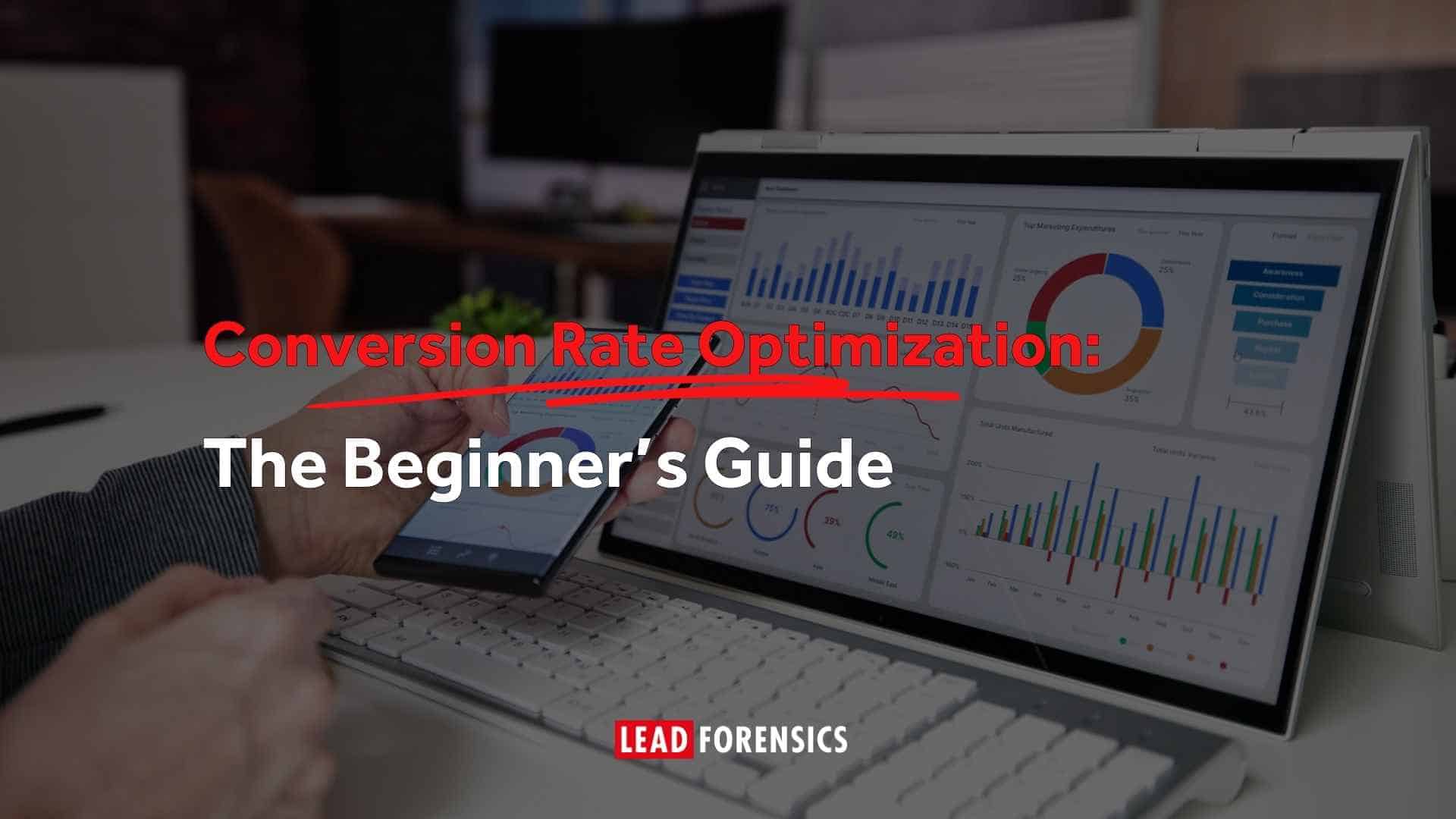Whatever shape or size your website may be, when it sits at the heart of a lead generation strategy, the key to success is knowing your numbers.
To be able to check that your website is achieving its full potential, you need to have a strong handle on what’s working and what’s not. There’s no point throwing loads of time, money and resources at it, if you’re just going to be using it blindly, without pulling out any actionable data on how it’s performing.
And that’s where website analytics come in.
Getting the basics covered
Most basic analytics metrics that can be used to assess a website are provided by Google Analytics for free. It’s the most popular analytics platform around, and to get started, you simply need to create an account and then use the tracking code provided.
You can use Google Analytics (Universal Analytics) to track key trends and information about visitors and their behavior. The most popular metrics being:
- Demographics – general information about visitors, including age and gender
- Geographical location – where they are in the world
- Device – the type of device they used to access the site (such as mobile/desktop)
- Entry and exit path – the page they first landed on and the page they left the site from
- Source – where a visitor came to your website from (such as Facebook/Google)
- Length of visit – how long people stay on your website
- Pageviews – how many people are viewing each page
- Bounce rate – the number of people who land on the site and leave straight away
- Popularity – which pages are the most and least popular
The device people use is a particularly important metric to pay attention to. Keep an eye on the ratio of desktop versus mobile visits. More and more people are using a mobile device to surf the web. That means your website needs to offer an equally strong mobile experience.
One obvious sign of an issue is your bounce rate. If it is high for visitors coming to you from mobile devices, then you need to do something about it – and fast!
Paid analytics software
As well as free analytics, other paid solutions are available that can help you maximize any opportunities even further.
With software, such as Lead Forensics, you can really step up your game and go far beyond the basics and get hold of a whole host of valuable information. And the secret? – ‘IP tracking’.
Every computer has an IP address, similar to a physical postal address, which ties back to it and leaves a trail when it is used online.
The Lead Forensics software can use its comprehensive database to reveal which company an IP address belongs to, and then help fill in the gaps such as the contact details of key employees within that organization.
For more info about IP tracking, check out this blog: Digital 101: What is an IP address and what does it mean?
Alerts
As well as providing you with a myriad of data, analytics software often allows you to setup alerts. With Google Analytics, for example, you can send get an automatic alert straight to your email if your organic sessions drop week-on-week. Or, if you have Lead Forensics, you can setup an alert when an existing prospects re-visit your site or land on certain pages.
There are many reasons why you may want to use an alert. For example, you could set one up to tell you if there’s been an unusual number of visitors to a specific page. Or to tell you when visitors are starting to come through from a certain campaign you’ve been running.
The options are endless, so spend some time thinking about what would benefit you the most and do some experimenting.
Heatmaps
Another tool that can be very useful for learning more about the effectiveness of your website, is mouse-tracking heat-maps. These are tools which can help you track clicks, mouse movement, scrolls, forms and more, providing you with a highly detailed picture of how people currently use it.
The idea is to track where the mouse of a visitor ends up, so you can better assess how your website and its design and layout are working. Analysing and improving your user experience (UX) can seriously improve your website conversion.
Advantages of using IP tracking software
IP tracking is every B2B marketer’s secret weapon, but remains an underused and often misunderstood tool in the marketing armory.
If you’re in the business of selling to other companies, and you have a website sitting at the heart of your lead generation efforts, then working with an IP tracking tool like Lead Forensics can help you extract crucial information.
When you are able to contact people who have actually been to your website, you are at an immediate advantage and will have much higher conversion rates.
Usually, when you segment down web visitors into groups, the “other” category will always be the largest. But, with proper IP tracking in place, the bucket gets much smaller.
Know who has visited
Often, the goal of many marketers is to attract potential prospects to their site and capture a prospect’s data via a form fill in exchange for a content download. With IP tracking, you don’t have to rely on form fills. IP tracking software allows you to see which businesses have visited your site, even if they don’t convert and fill in a form with their contact details. A great way to put yourself ahead of the game.
Know how many times they have visited
With IP tracking analytics software, you will be able to see how many times a certain company has visited your website, when, for how long, and what they looked at. A clever way to use this information may be to set up an alert so you are automatically told about certain activity, such as when a visitor has been on a specific page ‘x’ times or looked at ‘x,y,z’ pages.
Spot cluster visits from the same company
Another positive sign that a lead may be warming up, is when different people from the same company start visiting your website. If you spot a significant number of visits from a specific account you are targeting, but they always fail to convert on a website form, then look at tweaking your content. Think about what you could improve on and experiment to see if you can hit that sweet spot and finally convert them.












